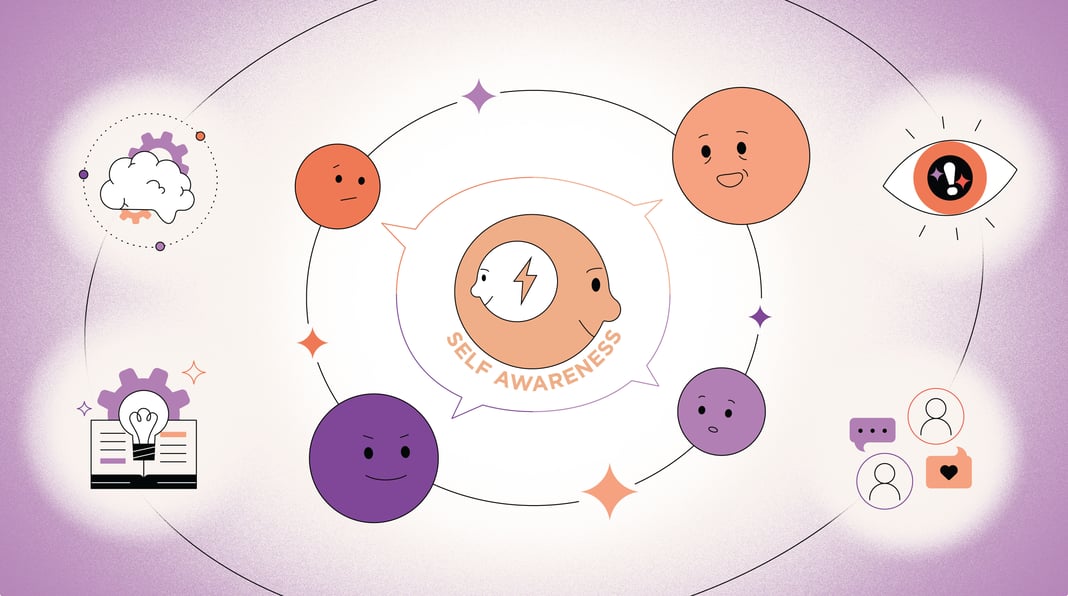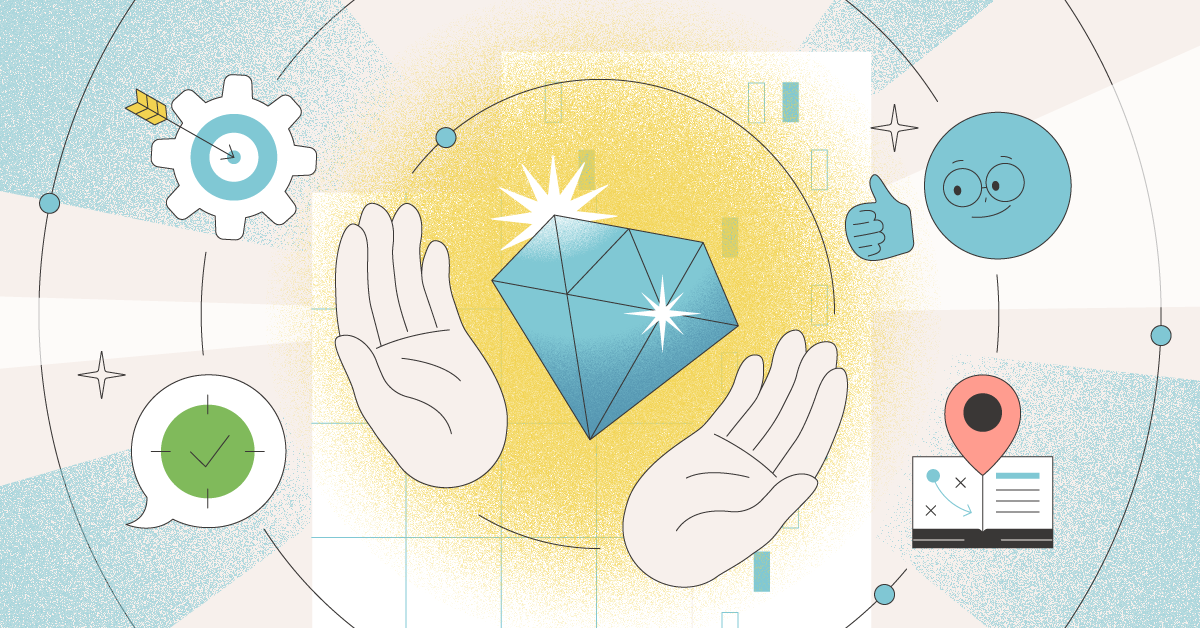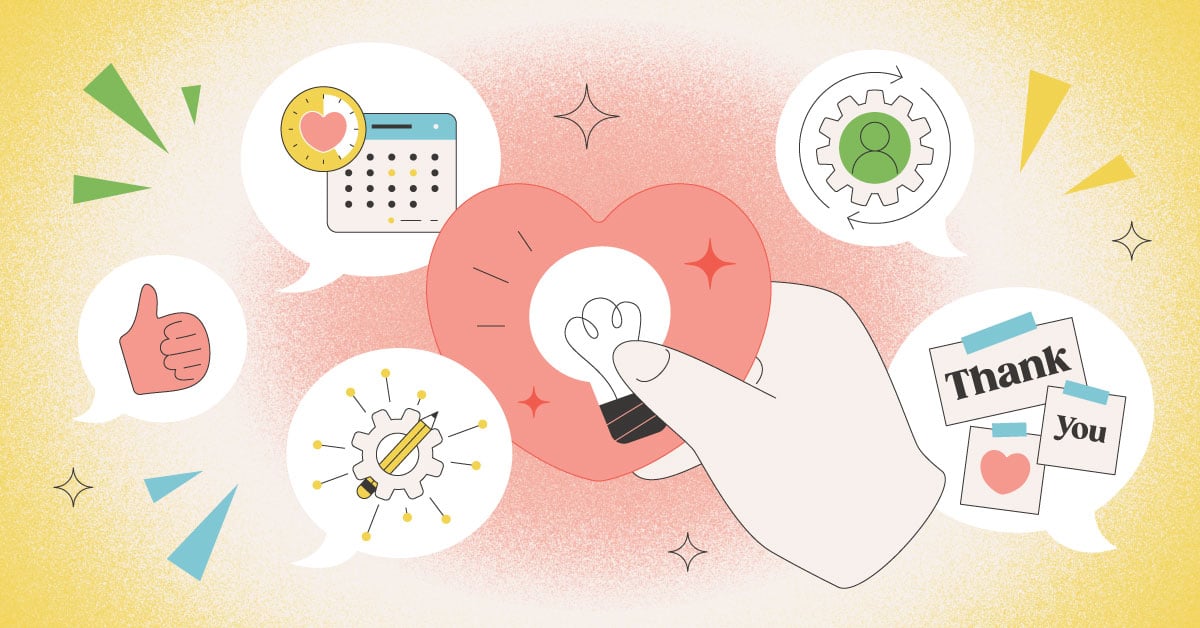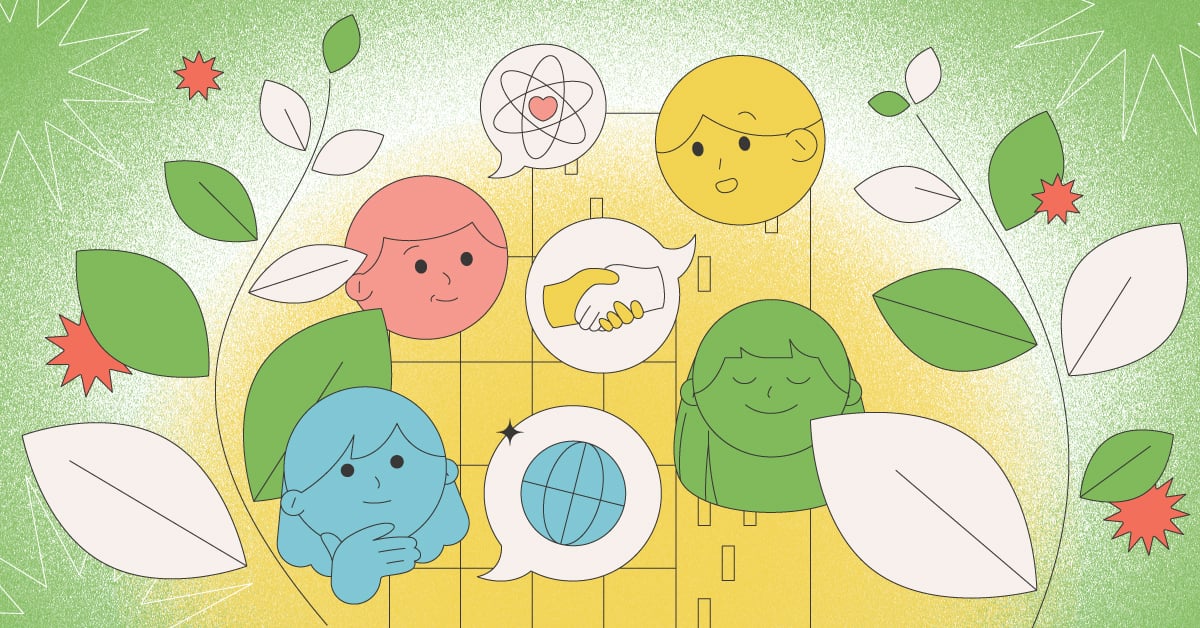
This year marks a historical workplace milestone with six generations in the workforce at one time, from Traditionalists, who still hold many significant leadership positions, to Baby Boomers, Gen X, Millennials, Gen Z, and finally Generation Alpha, who are working their first summer jobs.
That many generations in one organization can pose a particular set of challenges, specifically when it comes to communication, processes, and preferences.
The way to combat those issues? Focusing on self-awareness in the workplace. One of the five dimensions of EQ, self-awareness is foundational for developing emotional intelligence, understanding behavior, and regulating emotions.
Focusing on this dimension can help improve every aspect of work, especially the nuances of a multi-generational team. Here are a few of the ways self-awareness positively affects a multi-generational workforce.
Improve Understanding
Self-awareness helps people of all ages. It can help younger workers self-regulate and navigate first-time jobs and the conflicts that arise in the workplace. It can help middle-aged workers as they move into leadership positions and develop their unique approaches to problem-solving. It can also help older workers connect with others and stay engaged in new processes and methodologies as workplace needs continue to demand.
Self-awareness is particularly effective when developed in tandem with other sciences. Learning more about it compliments behavior and motivation; as you learn more about how you do what you do and why you do what you do, self-awareness can help deepen your understanding of any emotions that arise in the process of discovery.
Support Knowledge Sharing
Self-awareness encourages open-mindedness and the sharing of knowledge across generations, enabling the transfer of experience from older to younger team members and vice versa.
“Self-awareness involves recognizing that different generations may have different communication preferences,” said Robb Hiller of Performance SolutionsMN. “For example, younger employees might prefer digital communication, while older employees might value face-to-face conversations. Leaders who are self aware can adapt their communication style to ensure clarity and understanding across the team.”
You can also use these differences to your advantage by promoting collaboration and connection. If your Millennial team member hates phone calls, let the Baby Boomer who enjoys them handle it. Have Gen Z employees show older team members how to use features on chat tools. When your team has developed self-awareness, they can determine their strengths independently and then share those strengths with each other.
While you should encourage all team members to participate in technological use without bias, you should encourage teams to practice knowledge sharing. Developing self-awareness helps promote cross-communication and connection.
Help Reduce Bias
Another benefit of self-awareness is that it can help combat unconscious bias. By better understanding the points of view and needs of others, people can make genuine connections, increase their understanding, and avoid making snap judgments based on demographics.
Ageism can be insidious in the workplace. Over 93 percent of workers assert that ageism in the workplace is a regular occurrence. It can go both ways; older and younger workers report experiences of discrimination based on their age.
Focusing on self-awareness helps individuals become aware of and counteract unconscious biases related to age, fostering more inclusive and equitable team dynamics. Everyone has something valuable to bring to their work; self-awareness helps people see and celebrate that value.
Aid Communication
Forbes shared a study reporting that “the total cost of employee misunderstanding rose to $37 billion, with an average cost per company of $62.4 million.” Focusing on self-awareness helps close the gaps of misunderstanding.
One of the biggest areas of miscommunication in the workplace can come down to the literal words used to speak to each other. Language is fluid, and its meaning can change over time; if your team isn’t working to stay on the same page, people can feel left out or left behind.
For example, I was recently in a meeting where a younger employee said, “That slays!” This slang means that something is impressive and exceptionally good. The term comes from 1970s ball culture and is credited to the African American LGBTQ community. It has gained popularity among Gen Z and young people in recent years.
An older team member paused the call to clarify; he asked, “Did you say sleigh?” He was baffled, thinking of Santa Claus, and wanted to check if he’d heard correctly. We had a chuckle about it all and moved forward, but it got me thinking about how we communicate in the workplace and how we can make sure everyone connects with each other.
In that scenario, I think the situation was handled perfectly; the younger team member offered clarity on her word choice, the older team member learned something new, and everyone moved on, feeling closer to each other.
Help Anchor Leaders
No matter your age, increased self-awareness is a huge benefit for leaders. A study found that “90% of top performers are also high in emotional intelligence,” and MSNBC shared that “A boss with high emotional intelligence can make your job a lot easier. Working for someone who lacks that kind of empathy, however, can make even the toughest-skinned employee consider quitting.”
“I lean on EQ and self-awareness a lot as a leader of a multi-generational team,” said Bobby Tyning, Vice President of Creative Services at TTI Success Insights. “My mood can positively or negatively impact my team, and it's important to me to come from a clear space so as to not pollute others when I am stressed. I'm what's referred to as a ‘Xennial,’ in between the Generation X and Millennial generations, and a lot of the time, my perspective is so different than that of the younger people on my team. Social-awareness and social regulation play a huge part in how I approach management with them, in that I try to give lots of space for their emotions and build our working relationships through empathy and understanding.”
When leaders focus on awareness, everyone benefits, especially multi-generational teams.
Moving Forward With Multi-Generational Self-Awareness
The benefits of developed self-awareness help everyone in the workplace, regardless of age. If your organization has a multi-generational workforce, everyone will benefit from harnessing self-awareness to improve understanding, reduce bias, develop communication, and support knowledge sharing.
If you want to develop the self-awareness of your team with assessments, TTI can help. Contact us here to explore options.



